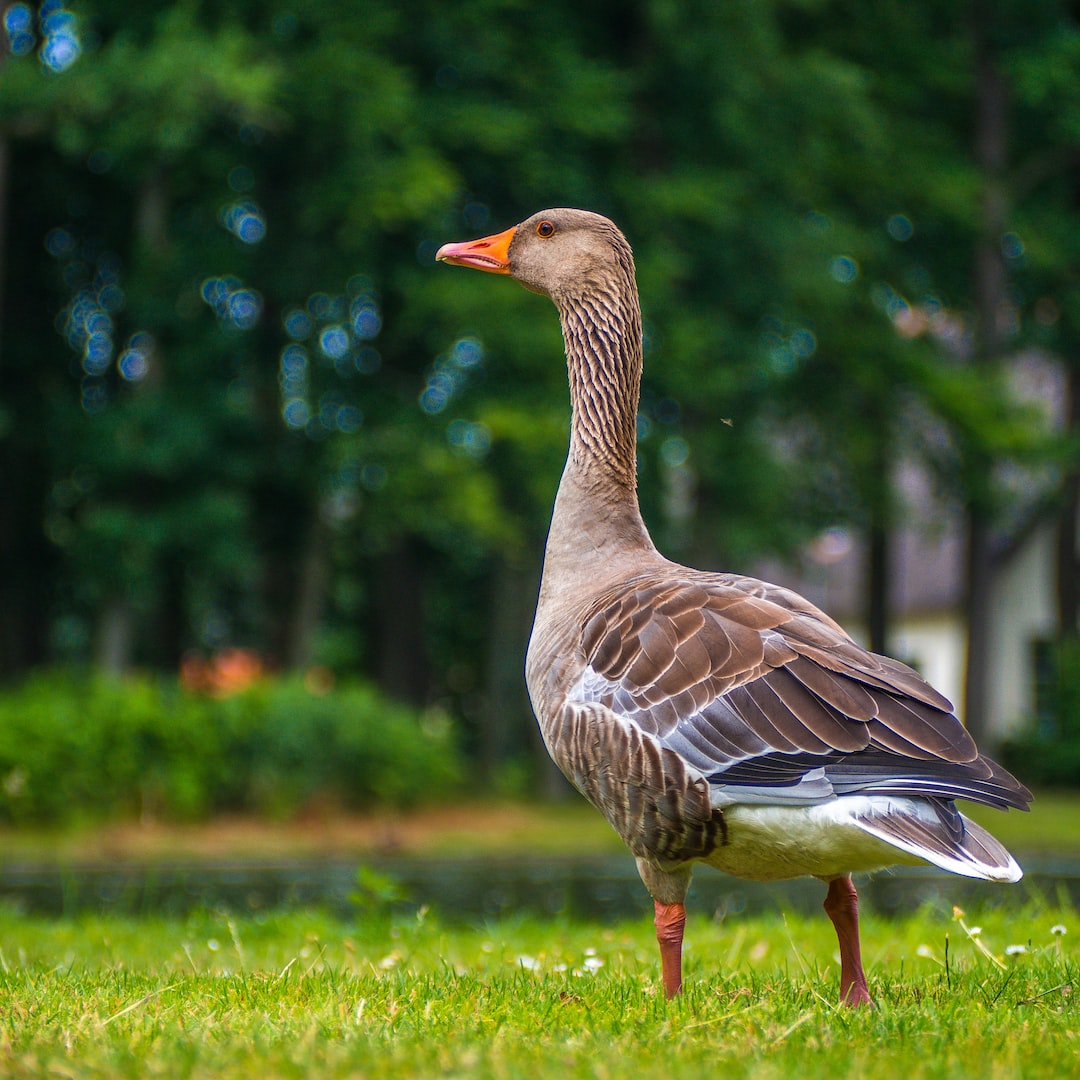Title: How to Plan a Successful Fishing Trip: A Comprehensive Guide
Introduction (100 words):
Planning a fishing trip can be an exciting and rewarding experience for both seasoned anglers and beginners alike. However, the key to a successful fishing trip lies in thorough planning and preparation. Whether you are planning to fish in a nearby lake or embark on a deep-sea expedition, this guide will provide you with valuable insights on how to plan and execute a memorable fishing trip that yields great results.
1. Determine Your Preferred Fishing Destination (100 words):
The first step in planning a successful fishing trip is choosing the right destination. Research different fishing spots based on the type of fishing you prefer, such as freshwater or saltwater, river or lake, or even offshore or onshore. Consider factors like local fishing regulations, species availability, facilities, and accessibility. Look for opportunities to combine fishing with other recreational activities like camping or hiking for a more fulfilling experience.
2. Research Local Fishing Regulations (100 words):
Before heading out on your fishing adventure, familiarize yourself with the local fishing regulations. Check for permits, fishing licenses, bag limits, size limits, and seasonal restrictions to ensure compliance with laws. This step is crucial to maintain the sustainability of the fish population and to avoid any legal consequences. Contact local fishing authorities and browse their official websites to gather accurate information.
3. Determine the Preferred Fishing Method and Gear (100 words):
Different fishing techniques require specific gear and equipment. Determine your preferred fishing method, such as fly-fishing, baitcasting, trolling, or bottom fishing. Accordingly, invest in high-quality fishing gear, including rods, reels, lines, bait, hooks, and tackle. Consult with seasoned anglers or local fishing stores to choose the appropriate gear that fits your fishing style and target species. Proper gear selection plays a significant role in improving your chances of making a successful catch.
4. Plan According to the Season and Weather (100 words):
Fish behavior is greatly influenced by the season and weather conditions. Research the best time of year and weather patterns for your chosen fishing destination. Some fish species are more active during specific seasons, while others thrive in certain weather conditions. Take advantage of this information to increase your chances of success. Know when the fish are most likely to bite and plan your trip accordingly.
5. Gather Essential Safety Equipment (100 words):
Safety should be a top priority while enjoying any outdoor activity, including fishing. Gather essential safety equipment, including life jackets, first aid kits, a fully charged mobile phone, sunscreen, appropriate clothing, and plenty of water and snacks. Check weather forecasts and pack necessary items to deal with potential emergencies. Additionally, inform someone about your fishing trip plans, including location and duration, in case of unforeseen circumstances.
6. Engage Local Fishing Guides (100 words):
For novice anglers or those unfamiliar with the fishing destination, hiring a local fishing guide can greatly enhance the chances of a successful catch. Experienced fishing guides possess a wealth of knowledge about the area, fishing techniques, local fish behavior, and the best hotspots. They can also provide valuable insight into tackle requirements and fishing regulations, ensuring a smooth and rewarding fishing experience.
Conclusion (100 words):
Planning a fishing trip involves careful consideration of various factors, from choosing the right fishing destination to understanding local fishing regulations and weather conditions. By following these essential steps, anglers of all experience levels can increase their chances of a successful fishing trip. Remember to research, prepare, and pack the necessary equipment, ensuring safety, and complying with fishing regulations. Keep an open mind, adapt to changing conditions, and ultimately, take pleasure in the serene and thrilling art of fishing.

